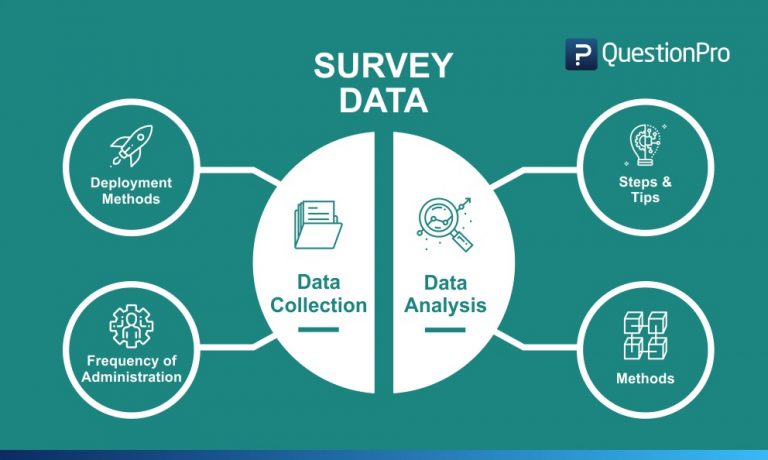

None of the above-this is not a machine learning problem. The number (or fraction) of emails correctly classified as spam/not spam. Watching you label emails as spam or not spam. What is the task T in this setting? Classifying emails as spam or not spam.
#Data analysis methods ppt how to#
“A computer program is said to learn from experience E with respect to some task T and some performance measure P, if its performance on T, as measured by P, improves with experience E.” Suppose your email program watches which emails you do or do not mark as spam, and based on that learns how to better filter spam.
Tom Mitchell (1998) Well-posed Learning Problem: A computer program is said to learn from experience E with respect to some task T and some performance measure P, if its performance on T, as measured by P, improves with experience E. Machine Learning: Field of study that gives computers the ability to learn without being explicitly programmed. Understanding human learning (brain, real AI). E.g., Amazon, Netflix product recommendations. E.g., Autonomous helicopter, handwriting recognition, most of Natural Language Processing (NLP), Computer Vision. E.g., Web click data, medical records, biology, engineering. Large datasets from growth of automation/web. Solve problems where rules can’t be written by hand. Organizing new knowledge into general, effective representations. Developing motor and/or cognitive skills through practice. Learning facts through observation and exploration. 
Computational Methods for Data Analysis Massimo Poesio INTRO TO MACHINE LEARNING






 0 kommentar(er)
0 kommentar(er)
